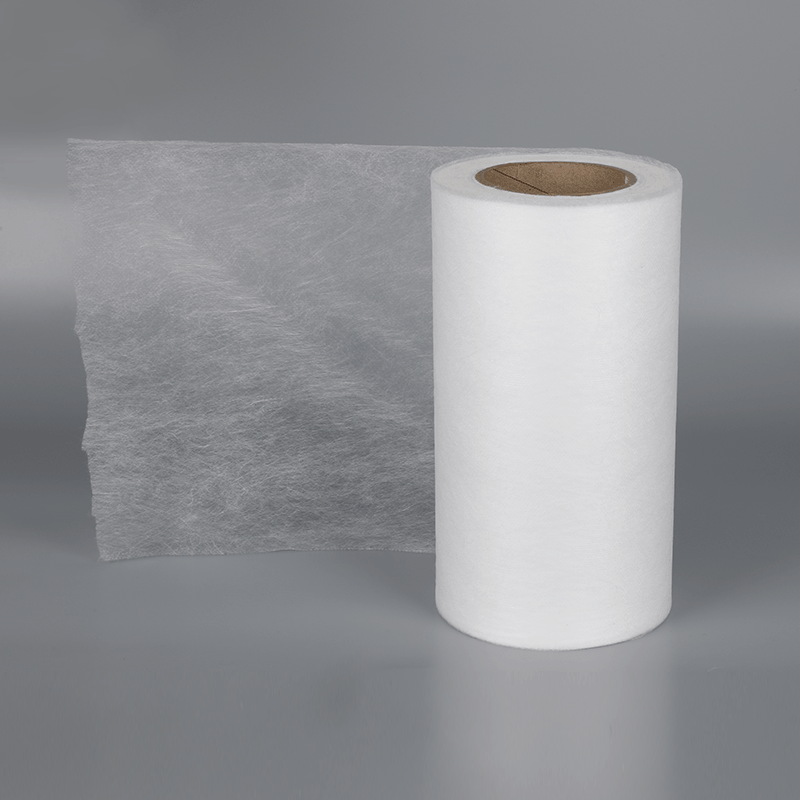Bi-factor nonwoven fabrics locate substantial software throughout numerous industries, way to their unique characteristics that cope with precise wishes in numerous sectors. The versatility of those fabrics arises from the capacity to combine special polymers in a center-sheath structure, tailoring their houses to fulfill the necessities of numerous applications.
1. Hygiene Products:
Bi-aspect nonwoven fabrics are considerably used in the manufacturing of hygiene merchandise, together with diapers, person incontinence merchandise, and feminine hygiene gadgets. The combination of various materials in the core-sheath structure allows producers to obtain a balance between softness, power, and absorption potential. The differential melting factors of the core and sheath fibers allow thermal bonding at some point of manufacturing, growing a comfortable and dependable barrier for moisture management.
2. Medical Textiles:
In the scientific enterprise, bi-thing nonwovens play a essential role in products like surgical robes, masks, and wound dressings. The fabrics can be engineered to exhibit antimicrobial properties, stronger strength, and breathability. The customization of these fabrics ensures they meet the stringent requirements of clinical packages, supplying a protective and cushty barrier for each healthcare professionals and patients.
3. Filtration:
Bi-element nonwoven fabric are employed in air and liquid filtration applications due to their ability to offer a balance between particle retention and airflow. The middle-sheath structure allows for the creation of intricate pore structures, enhancing filtration performance. Whether utilized in HVAC systems, car filters, or water purification, these fabric provide an effective manner of shooting and setting apart particles of various sizes.
4. Automotive Interiors:
In the automotive enterprise, bi-component nonwovens make a contribution to the producing of indoors components inclusive of headliners, carpeting, and seat fabric. Their properties, consisting of sturdiness, thermal resistance, and ease of processing, cause them to appropriate for withstanding the tough situations within cars. Additionally, the fabric can beautify the cultured and tactile characteristics of car interiors.
5. Geotextiles:
Bi-aspect nonwoven fabrics are applied in geotextile programs for soil stabilization, erosion manage, and drainage. The fabrics may be engineered to offer the necessary power, durability, and permeability required in civil engineering tasks. Their capacity to resist degradation from environmental factors makes them properly-ideal for applications in road production, landscaping, and environmental safety.
6. Apparel and Sportswear:
The comfort and flexibility provided via bi-component nonwoven fabric make them suitable for clothing and sports clothing packages. The combination of fibers with one-of-a-kind traits allows for the advent of fabrics which are breathable, moisture-wicking, and stretchable. These fabrics make a contribution to the manufacturing of snug and excessive-performance garb for numerous activities.
In end, the diverse packages of bi-thing nonwoven fabric highlight their adaptability and effectiveness in addressing specific needs across distinct industries. The capacity to personalize their properties makes those fabric a valuable choice for producers looking for versatile answers in hygiene, medical, filtration, car, geotextile, and garb sectors.
 Bi-component nonwoven fabric
Bi-component nonwoven fabric
